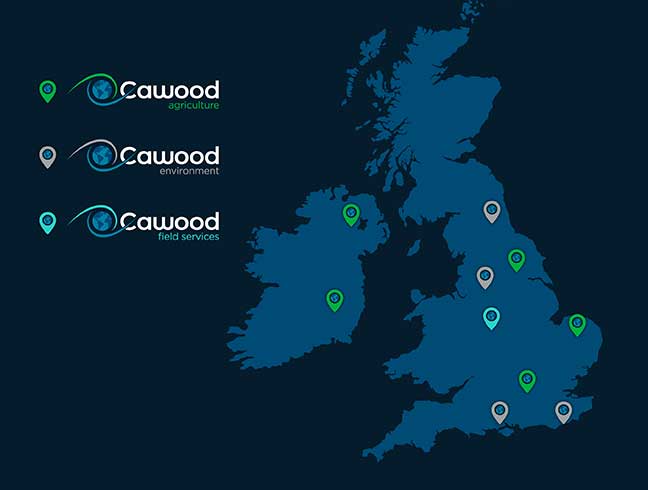Improve Environmental Data Management
Q-Hub simplifies environmental management by providing tools to streamline data collection, track environmental assets, manage risks, and ensure compliance. With features like process hub workflows, automated reminders, and customisable registers, your team can focus on achieving sustainability goals while staying audit-ready.
























.png)